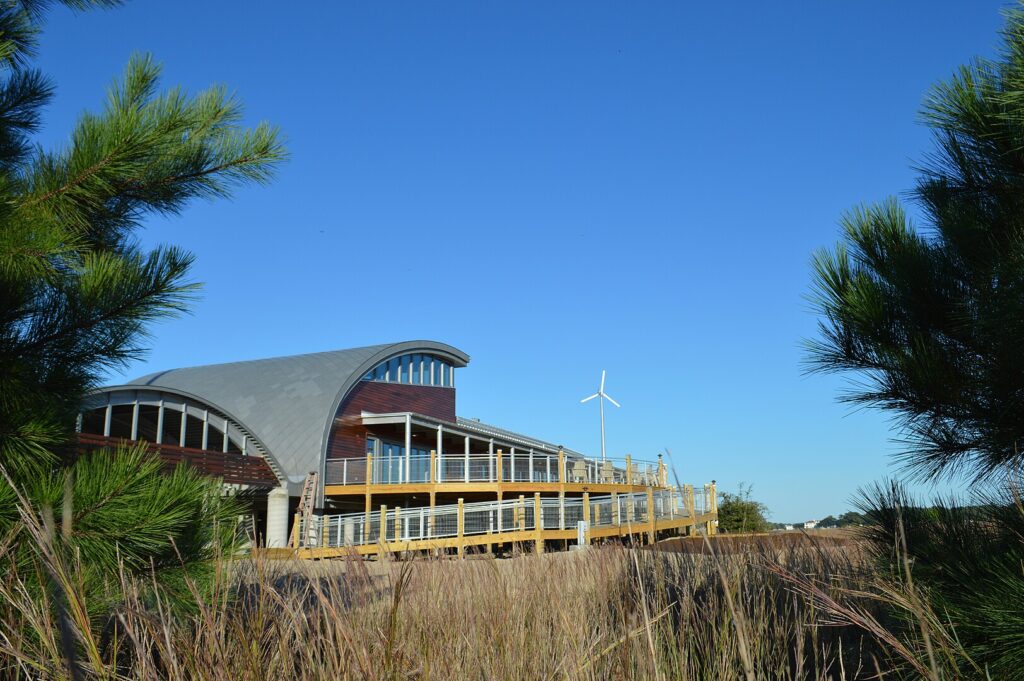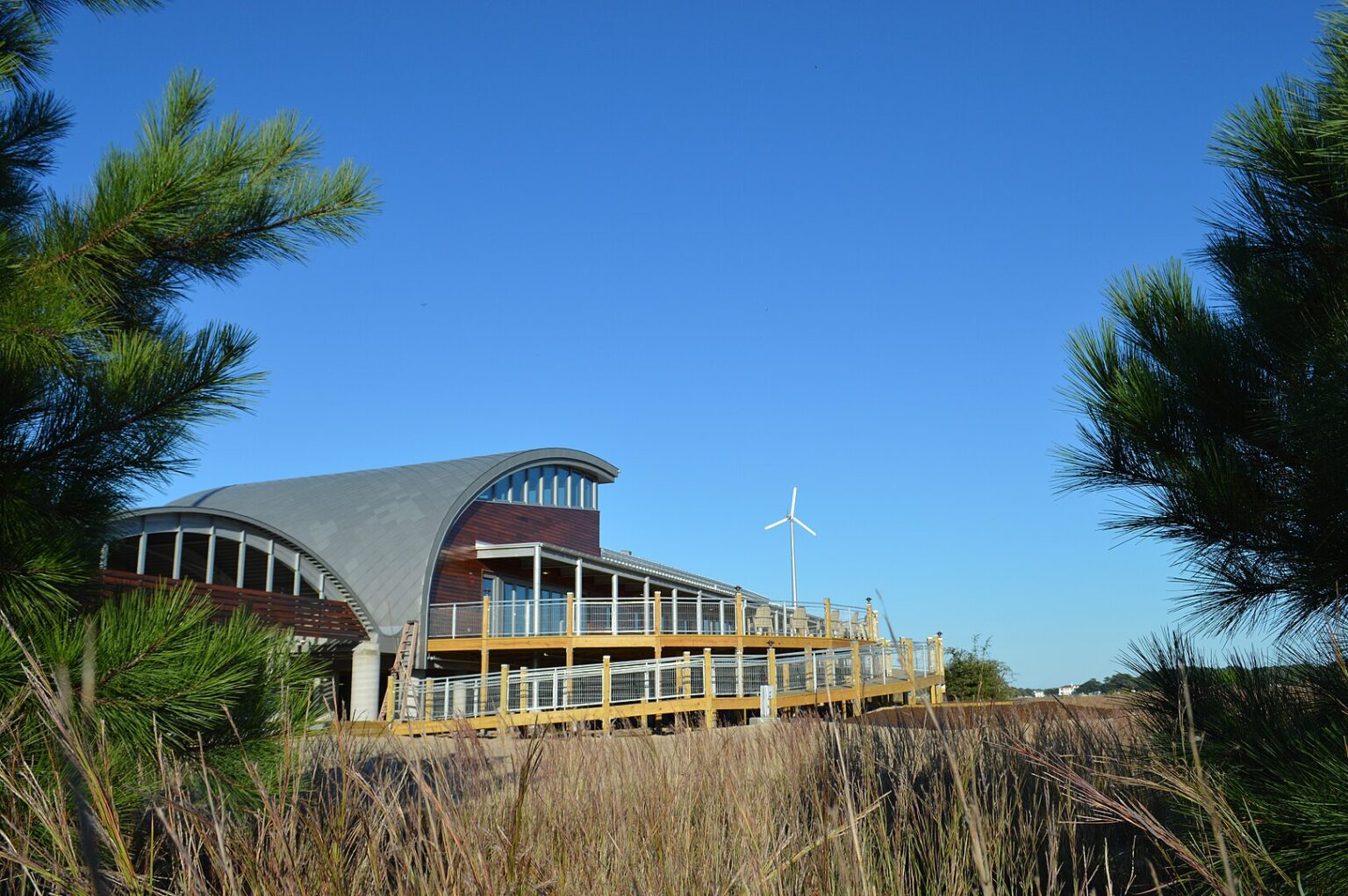
The Role of Reclaimed Insulation in Green Building Certifications
Green building certifications have become essential in promoting sustainability in construction. These certifications, such as LEED (Leadership in Energy and Environmental Design) and Green Globes, set standards for environmentally responsible and resource-efficient building practices. Among the many strategies to achieve these certifications, the use of reclaimed insulation plays a significant role. Reclaimed insulation not only offers environmental benefits but also contributes to cost savings and improved indoor air quality.
Understanding Green Building Certifications
 LEED Certification: The LEED certification system emphasizes materials reuse, including salvaged and reclaimed products. LEED v4, the latest version, integrates criteria for materials reuse, which can earn points in categories such as Materials and Resources and Indoor Environmental Quality. Using reclaimed insulation reduces the demand for new raw materials and minimizes waste, aligning perfectly with LEED’s sustainability goals. For more information, you can explore the LEED certification details.
LEED Certification: The LEED certification system emphasizes materials reuse, including salvaged and reclaimed products. LEED v4, the latest version, integrates criteria for materials reuse, which can earn points in categories such as Materials and Resources and Indoor Environmental Quality. Using reclaimed insulation reduces the demand for new raw materials and minimizes waste, aligning perfectly with LEED’s sustainability goals. For more information, you can explore the LEED certification details.
 Green Globes Certification: Green Globes is another certification that encourages the use of sustainable and reclaimed materials. It provides a flexible and comprehensive system for assessing building sustainability. The certification process includes evaluating the use of recycled and reclaimed materials, which helps in reducing the overall environmental impact of construction projects. More details on the Green Globes Certification are available.
Green Globes Certification: Green Globes is another certification that encourages the use of sustainable and reclaimed materials. It provides a flexible and comprehensive system for assessing building sustainability. The certification process includes evaluating the use of recycled and reclaimed materials, which helps in reducing the overall environmental impact of construction projects. More details on the Green Globes Certification are available.
The Importance of Reclaimed Insulation in Certifications
Environmental Impact: Utilizing reclaimed insulation significantly contributes to environmental conservation. It reduces the need for manufacturing new materials, thereby lowering carbon emissions and conserving natural resources. By diverting materials from landfills, reclaimed insulation supports waste reduction and promotes a circular economy. The WBDG Green Building Standards provide comprehensive insights into these practices.
Case Studies and Examples

Brock Environmental Center
Brock Environmental Center: This project is a prime example of how reclaimed materials can achieve high sustainability standards. The Brock Environmental Center achieved LEED Platinum certification by extensively using recycled and reclaimed materials, including insulation. The project showcases the environmental and economic benefits of such practices. For a deeper dive, visit the Brock Environmental Center.
Synergy Business Park, Utah: In this commercial project, reclaimed foam insulation was used in the roofing system, enhancing thermal performance and achieving significant energy savings. This case study illustrates the practical application and benefits of reclaimed insulation in large-scale projects. More details can be found in the Synergy Business Park Case Study.
Benefits of Using Reclaimed Insulation
Cost Savings: Reclaimed insulation materials are generally less expensive than new products, offering substantial cost savings. Additionally, there are potential tax benefits and incentives for using sustainable materials, making it a financially viable option for builders and developers. For further information, refer to the Green Building Initiative.
Health and Indoor Air Quality: Using reclaimed insulation can improve indoor air quality by reducing the presence of volatile organic compounds (VOCs) and other harmful emissions. Certified low-emitting products ensure healthier living and working environments. This aspect is crucial for achieving credits in green building certifications. More about this can be found in the Indoor Environmental Quality.
Environmental Impact: Utilizing reclaimed insulation significantly contributes to environmental conservation. It reduces the need for manufacturing new materials, thereby lowering carbon emissions and conserving natural resources. By diverting materials from landfills, reclaimed insulation supports waste reduction and promotes a circular economy. The WBDG Green Building Standards provide comprehensive insights into these practices.
Reduced Landfill Usage and Lower Carbon Footprint: Using reclaimed insulation helps decrease the amount of waste sent to landfills, thereby mitigating environmental pollution. Moreover, by repurposing existing materials, the production of new insulation panels, which involves hydrocarbons and chlorofluorocarbons (CFCs), is reduced. This reduction not only conserves natural resources but also lowers the carbon footprint associated with the manufacture of new panels. This sustainable approach aligns with global environmental goals and supports the reduction of greenhouse gases. For more information, refer to the Green Building Initiative and the WBDG Green Building Standards.
Challenges and Considerations
Sourcing and Compliance: One of the challenges of using reclaimed insulation is ensuring it meets the necessary building codes and certification requirements. Builders need to source reliable reclaimed materials that comply with environmental and safety standards. The Green Product Certifications offer guidance on verifying the quality and compliance of these materials.
Reclaimed insulation plays a pivotal role in achieving green building certifications. It offers significant environmental benefits, cost savings, and improved indoor air quality, making it an essential component of sustainable building practices. By reducing landfill usage and the need for new manufacturing, reclaimed insulation helps lower the carbon footprint and supports global efforts to combat climate change. As the construction industry continues to prioritize sustainability, the integration of reclaimed insulation will become increasingly important in meeting environmental goals and creating healthier, more efficient buildings. For those interested in adopting sustainable construction methods, exploring reclaimed insulation options is a step towards a greener future.
To learn more about integrating recycled foam panel insulation into your next project and how it can help achieve sustainable certifications like LEED and Green Globes, visit our website. Embrace the circular economy in your construction practices and join the movement towards a sustainable future. Contact us today for a quote and take the first step towards greener, certified building solutions.
